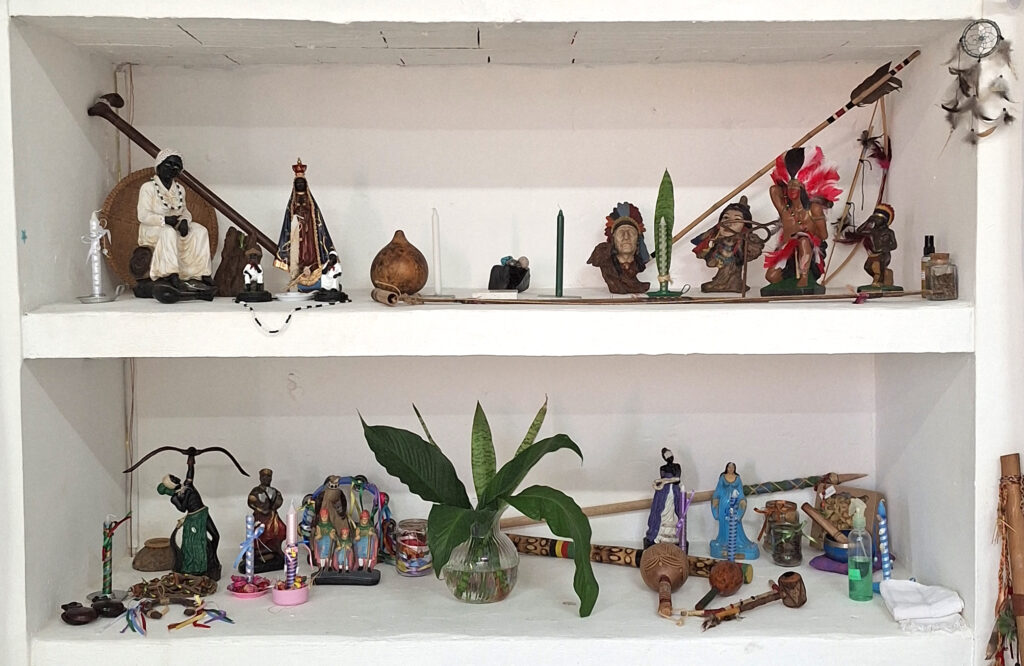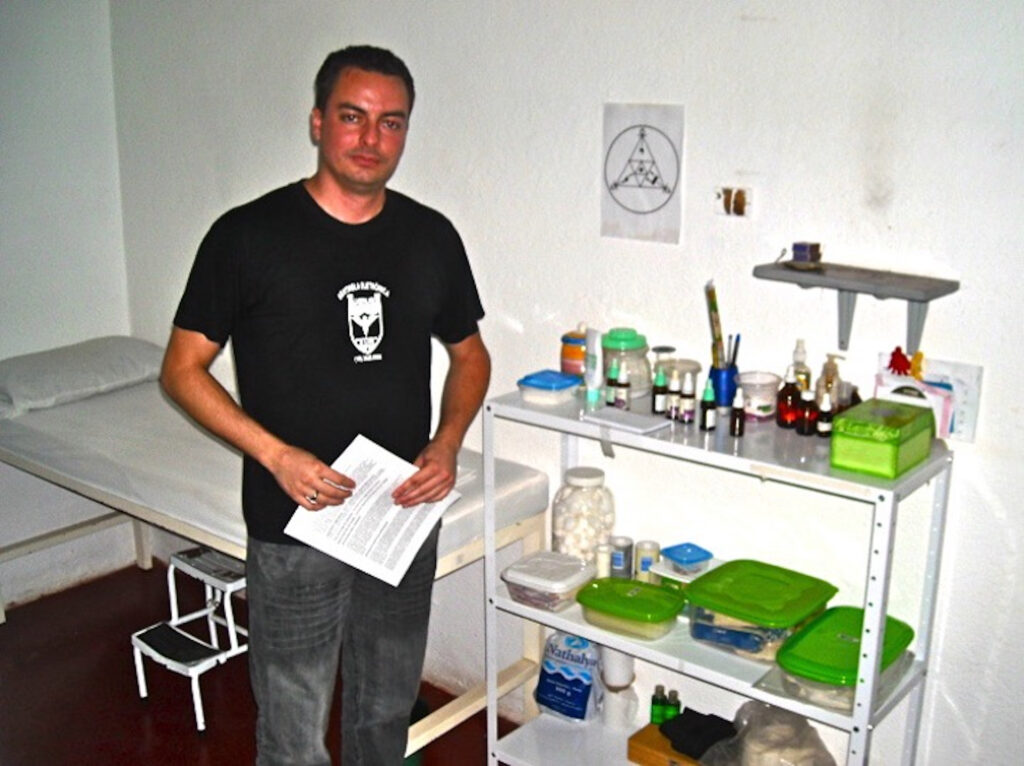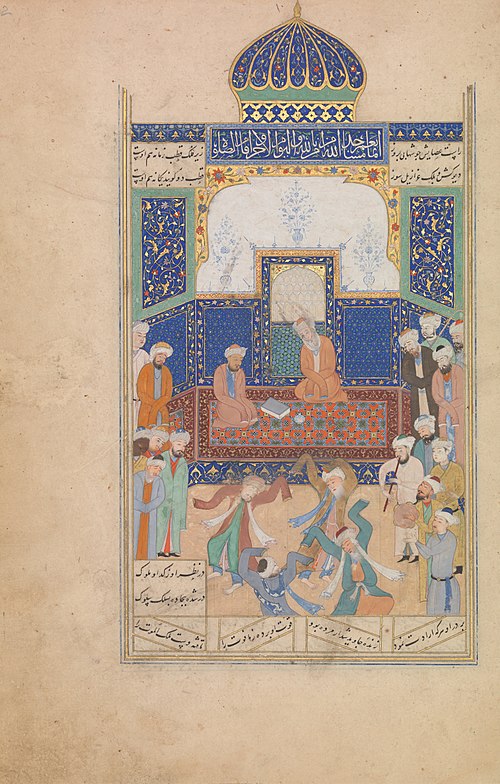By Steven Engler
What are the differences between how alternative healers and medical doctors think about healing?
To look at that question, I interviewed three groups of people in a small city in the state of São Paulo, Brazil. (There were 28 interviewees in this a small initial study.) 40% were Kardecists and Umbandists. In these related Spiritist religions, powerful spirits – people just like us but more spiritually developed – incorporate in the bodies of mediums in order to help us as we continue to grow spiritually. 40% of interviewees were medical (“allopathic”) professionals with no involvement in alternative healing. The third group (20%) consisted of people with training and experience in both allopathic and alternative medicine.

Here are two statements about healing from those interviews. One comes from a surgical nurse at the city’s hospital, and the other from a ritual assistant in an Umbanda centre. Who said which?
- As a ritual assistant, I offer spiritual nutrition, I offer ectoplasm. Spiritual surgery is done on the perispirit. Sometimes, after spiritual surgery, the cancer is gone and only a small scratch is left on the physical organ.”
- “If you go to a Kardecist centro with a 5 cm cyst, you need [allopathic] surgery.”
Here are two others. One is by a surgeon who grew up with an atheist mother, and who describes herself as having no religion. The other is by an endoscopist who believes in reincarnation and spiritual energies.
- “I was an esoteric person when I was a teenager, but today I think I’m extremely rational.”
- “Evils that come from the soul are the hardest to cure. I believe that we are able to use our minds in a paranormal way for many things, including healing.”
Trick question, of course.
Each pair of statements comes from a single person. The first two are from a nurse who passes instruments to allopathic surgeons in a hospital by day and who passes instruments to spiritual surgeons in a Umbanda centre by night. The other two are from a surgeon / endoscopist who has no religion but profound spiritual beliefs.
This already suggests that we will find no sharp, black-and-white contrast between the views of alterative and allopathic healers. Some of the reason for this comes from factors specific to Brazilian culture. The line between formal religion (belonging to a group) and popular religiosity (general belief in things like spirits, reincarnation and the power of the mind to heal) is blurred. In addition, a majority of religious traditions in Brazil (including popular Catholicism and Neo-Pentecostalism along with Spiritist and esoteric traditions) are healing-focused. Many people attend the rituals of these religions not because they belong, but because they seek healing: physical, emotional, psychological, financial etc. In addition, Brazilians tend to be very accepting of differences between people’s views, not letting them get in the way of social relationships. In an earlier study, I called this view sociodoxy, underlining that preservation of stable social relations tends to outweigh divergences in belief and practice.

One of the questions I asked each person was how they personally saw the relation between allopathic and alternative healing practices. I used coding techniques to group their answers into five categories:
- Complementarity – The two approaches to healing heal are distinct but equally valuable ways that contribute to a greater whole.
- Encompassment – Allopathic healing is limited because of its narrow materialistic vision. Alternative healing is broader and more holistic: it includes the material but also the spiritual and emotional.
- Supplementarity – Allopathic healing is more complete and effective, though alternative can support it, mainly giving limited psychological reassurance that helps strengthen the immune system.
- Identity – They two paths are one path: they are the same thing seen from different perspectives.
- Independence – The two approaches to healing have entirely different goals and methods: they are worlds apart.
Several things emerge from these divergent views.
- Only one person each held the views of identity and independence. We can set those views aside as outliers.
Three findings were predictable, showing that many people take the viewpoint that fits their own position.
- Only alternative practitioners saw the relation as one of encompassment (alternative healing is more complete).
- Only allopathic practitioners emphasized supplementarity (alternative healing plays at most a small supporting role).
- All hybrid practitioners – those trained and practicing in both allopathic and alternative healing – emphasized complementarity (both paths are equally important).
The number of people who took each viewpoint was more surprising.
- Leaving aside the views of identity and independence, 63% of interviewees emphasized complementarity, which is more than the combined total of encompassment (21%) and supplementarity (17%).
- Half of the allopathic healers, half of the alternative healers, and all of the hybrid healers saw the relationship between the two paths as one of complementarity.
In sum, complementarity was the dominant view. This fits with another surprising finding:
- None of the people I interviewed saw the relation as one of conflict or tension.
If we are looking for a fight between science and religion, we are not going to find it here. Even those who saw their own positioning as the defining one (encompassment or supplementarity) saw relations between allopathic and alternative healing practices as harmonious.
Having studied Spiritist groups in Brazil since 2004, I did not expect to find a clear opposition between “scientific” and “alternative” points of view, and my interviews bore this out.
If this first taste of my findings whets your appetite for a fuller discussion, keep your eyes peeled elsewhere.
#
Steven Engler is Professor of Religious Studies in the Department of Humanities at Mount Royal University in Calgary, Canada, and Affiliate Professor in the Department of Religions and Cultures at Concordia University in Montréal. He was a visiting professor at the Pontifícia Universidade Católica de São Paulo from 2005–2007. He studies Brazilian esoteric spirit-incorporation religions (Umbanda and Kardecism), with publications on Quimbanda, popular Catholicism and Neo-Pentecostalism. He works also on theory, meta-theory, and methodology (primarily grounded theory and coding). Since 2007, he has been working with philosopher Mark Gardiner on the intersection between the study of religions and Donald Davidson’s semantic theory. In addition to these areas, he teaches courses on esotericism and magic, death/afterlife, apocalypticism, religion and film, and religion and the fantastic.
____
CAS-E blogs may be reprinted with the following acknowledgment: “This article was published by CAS-E on May 20th, 2025.”
The views and opinions expressed in blog posts and comments made in response to the blog posts are those of the author(s) and do not necessarily reflect the views and opinions of CAS-E, its founders, its staff, or any agent or institution affiliated with it, nor those of the institution(s) with which the author is affiliated.








